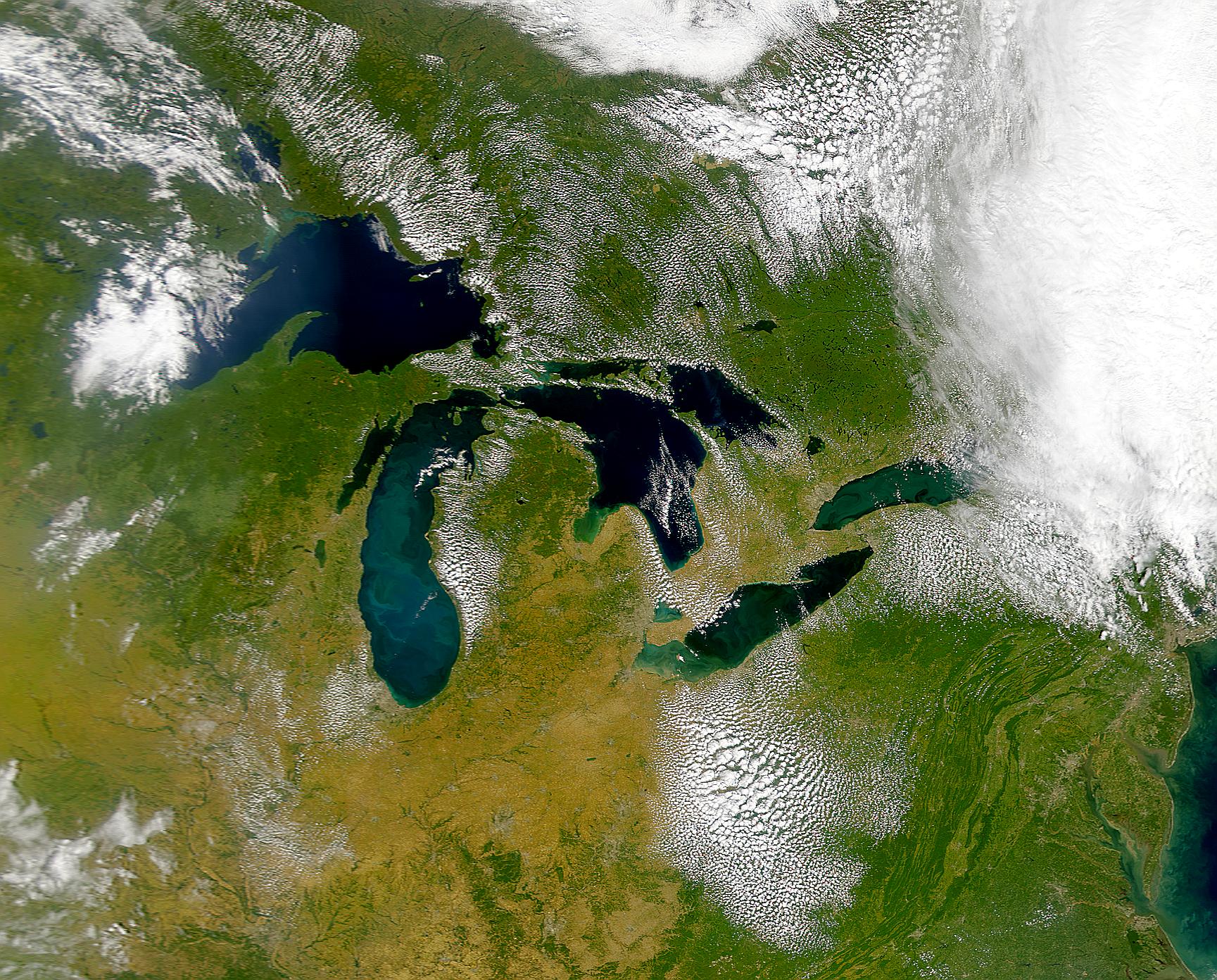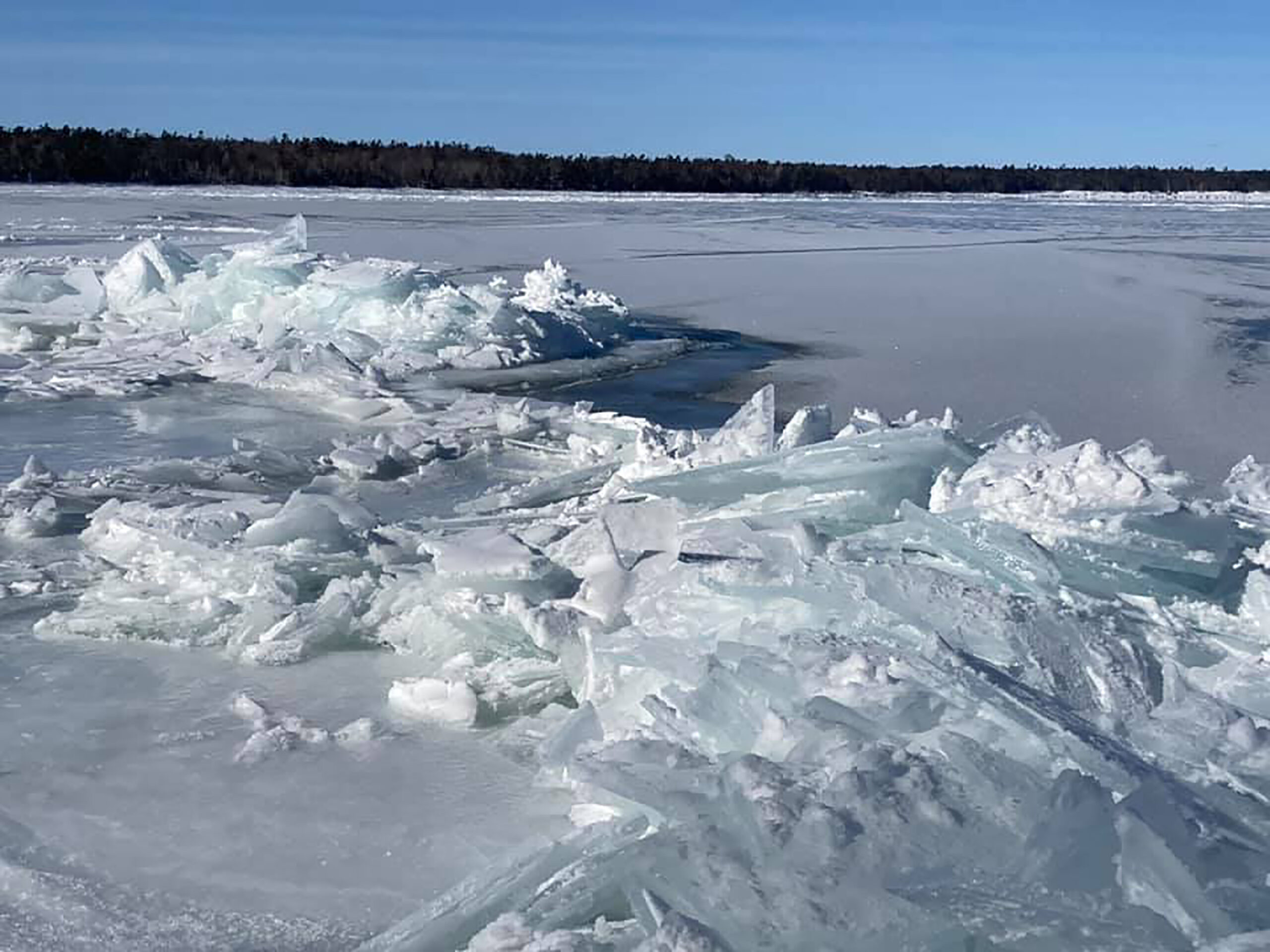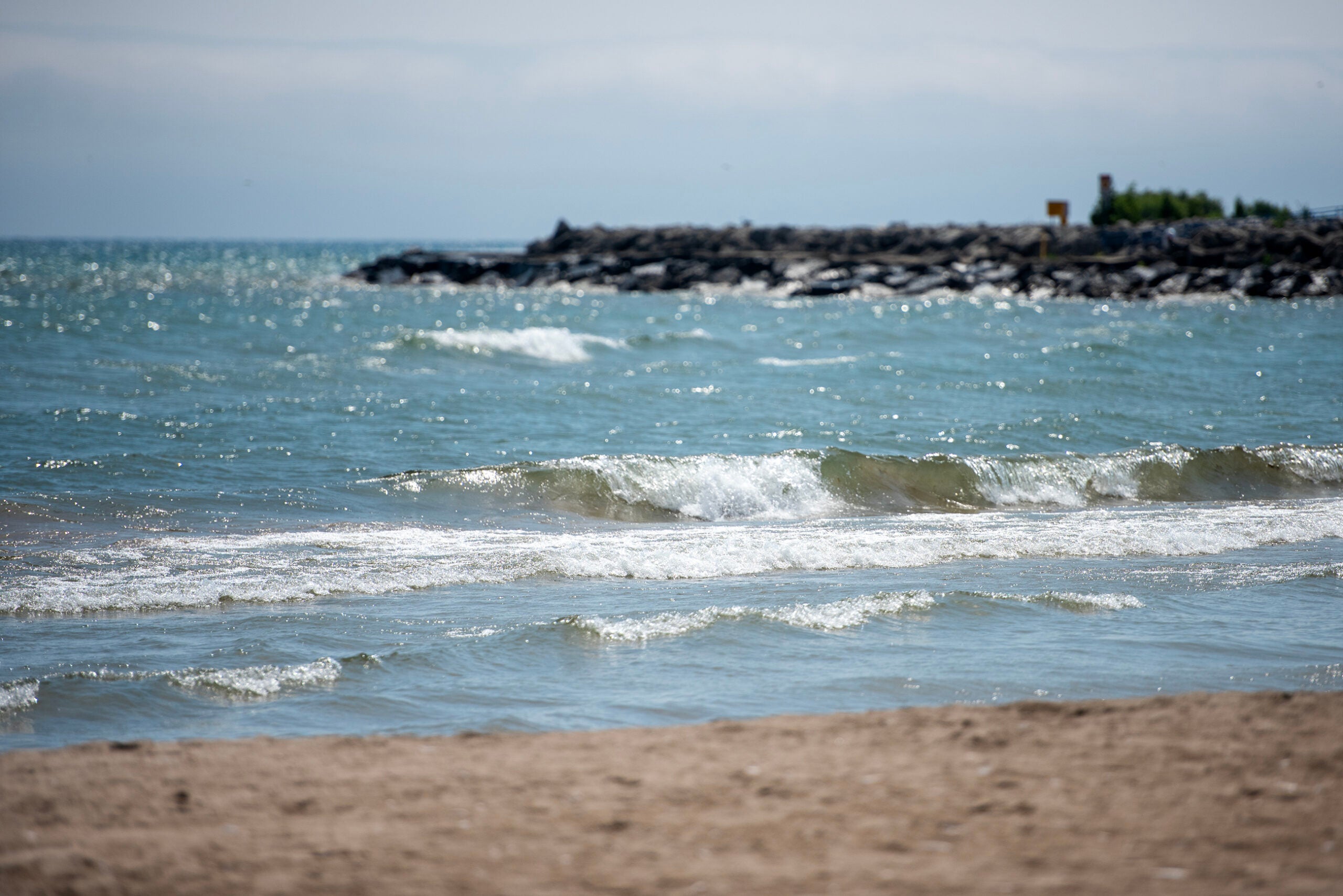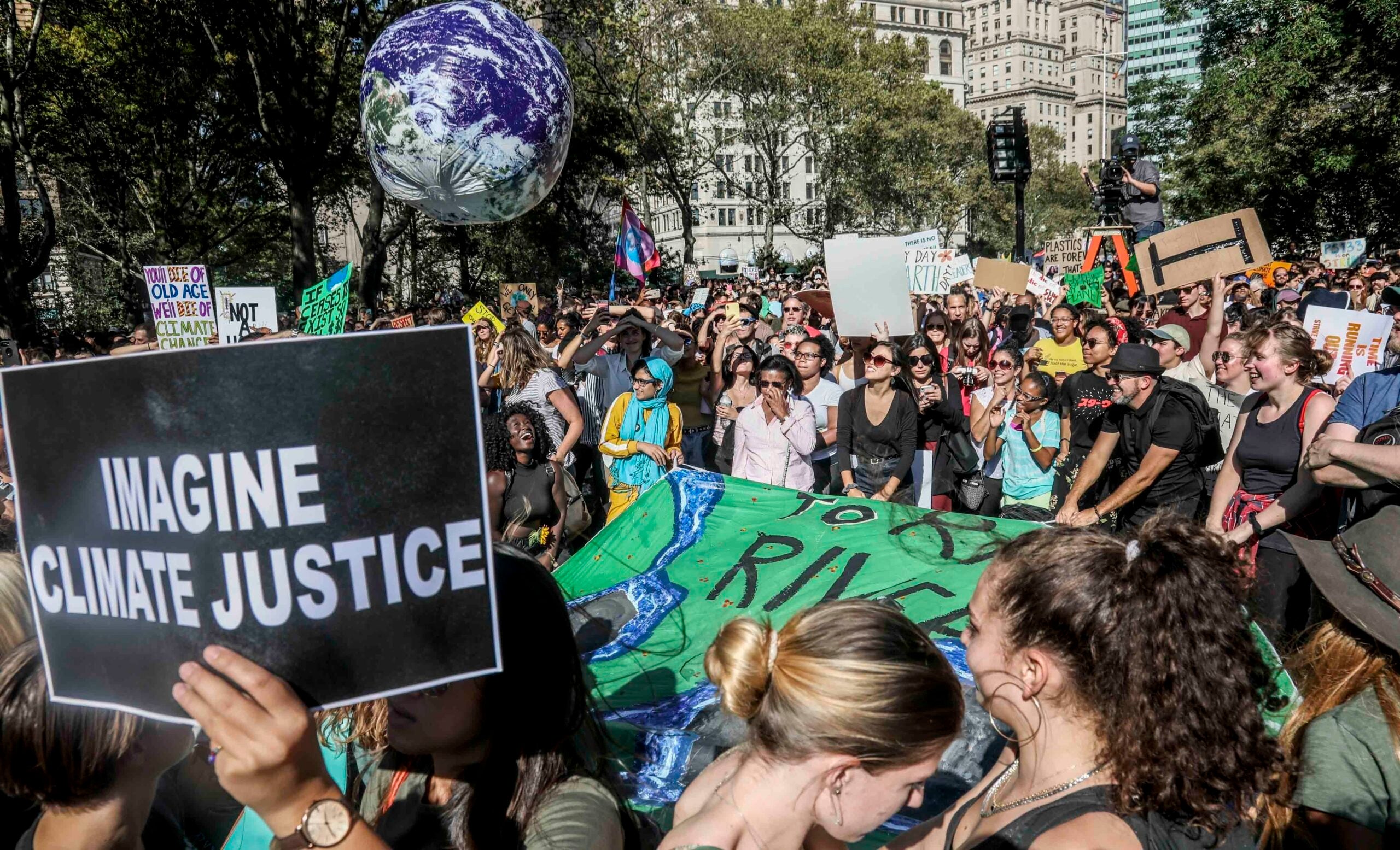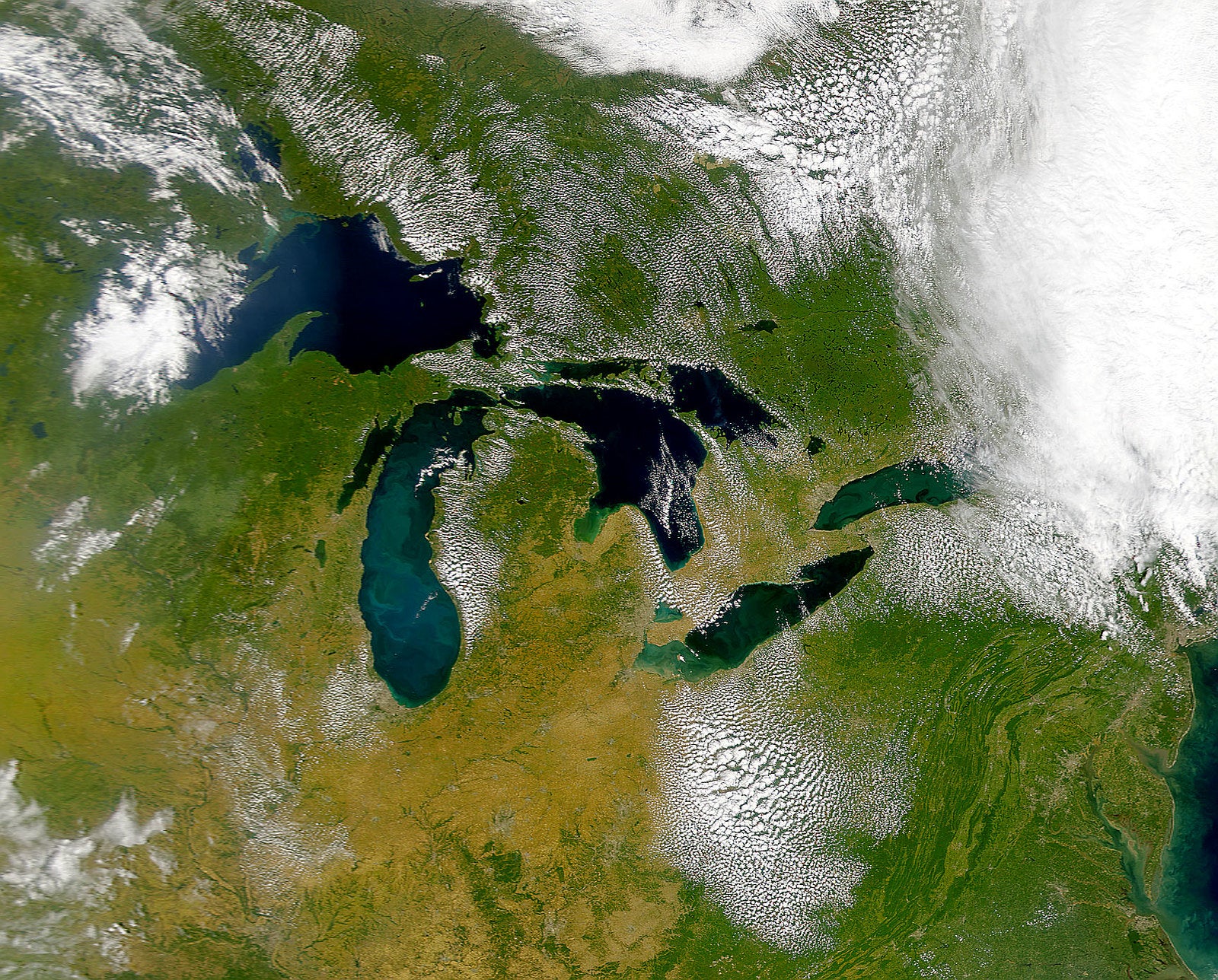More flooding and extreme weather are in store for Wisconsin and other Great Lakes states, according to a new report from regional scientists.
The Environmental Law & Policy Center commissioned the study by researchers from several universities, including Daniel Vimont, director of the Nelson Institute Center For Climatic Research at the University of Wisconsin-Madison.
The report found annual precipitation across the United States increased 4 percent between 1901 and 2015. During that same period, the Great Lakes region had an almost 10 percent increase in annual precipitation, much of it in the form of unusually large weather events.
News with a little more humanity
WPR’s “Wisconsin Today” newsletter keeps you connected to the state you love without feeling overwhelmed. No paywall. No agenda. No corporate filter.
“The precipitation increase that we’ve seen is larger than one might expect from just the temperature change that we’ve experienced,” Vimont said.
Changes in land-use cover and natural variations in precipitation could also be causing Wisconsin and neighboring states to see wetter weather, Vimont said. But researchers have a better understanding of how climate change is impacting extreme precipitation events.
“One of the things that I think we’re getting more of a handle on is the expectation of changes in really big precipitation events. Not just the 1- or 2-inch precipitation events, but the 5- or even 10-inch precipitation events and that those kind of events are likely to be most strongly impacted by climate change,” Vimont said.
The study suggests precipitation trends will continue to change in the region, with more precipitation during winter and spring and a 5-15 percent decline in summer precipitation by the year 2100.
The report also found Great Lakes states are warming more quickly than other parts of the country. The region’s annual mean temperature has increased 1.6 degrees F from the first half of the 1900s. By comparison, the average increase across the U.S. was 1.2 degrees F.
Vimont said Wisconsin’s annual mean temperature has increased mainly from winter warming.
“We haven’t seen as large of an increase in summer temperature and we don’t fully understand why that’s the case,” Vimont said. “It’s likely that some other factor is influencing our summer temperature and obscuring that global warming signature that we would expect in summertime.”
The report estimates average temperatures in the Great Lakes region to increase by an additional 2.7 degrees F to 7.2 degrees F by the end of the century, following trends in global average temperature.
The study found extremely hot days have become more common since the 1960s and will likely continue to affect states surrounding the Great Lakes.
In combination, these trends could be devastating to the agriculture industry. Wetter springs could force farmers to delay planting while hot temperatures can interfere with pollination and reduce yields. The report estimates climate change could reduce crop yields for corn and soybeans up to 30 percent in the southern parts of the Great Lakes region like Illinois and Indiana.
These findings echo a federal report released in November that found climate change will reduce agricultural production in the Midwest to levels seen in the 1980s.
Heavy rains and extreme heat also pose risks to urban areas. The report highlights one study that found extreme weather events could increase by 10 to 40 percent in southern Wisconsin. That would likely lead to more frequent overflows of combined sewer systems into Lake Michigan and the introduction of hundreds of new bacteria, viruses and protozoa. Heat waves can also lead to poorer air quality in urban centers and increased health risks for vulnerable populations like children and the elderly.
The study found fish, birds and other wildlife have already been impacted by changes to weather and the ecology of the Great lakes. Milder winters will likely increase winter survival rates for deer, allowing them to expand in northern habits. Warmer water temperatures have cause some game fish like bluegill and bass to migrate northward while other species like yellow perch and lake whitefish will likely see decreased growth rates.
Wisconsin Public Radio, © Copyright 2025, Board of Regents of the University of Wisconsin System and Wisconsin Educational Communications Board.

